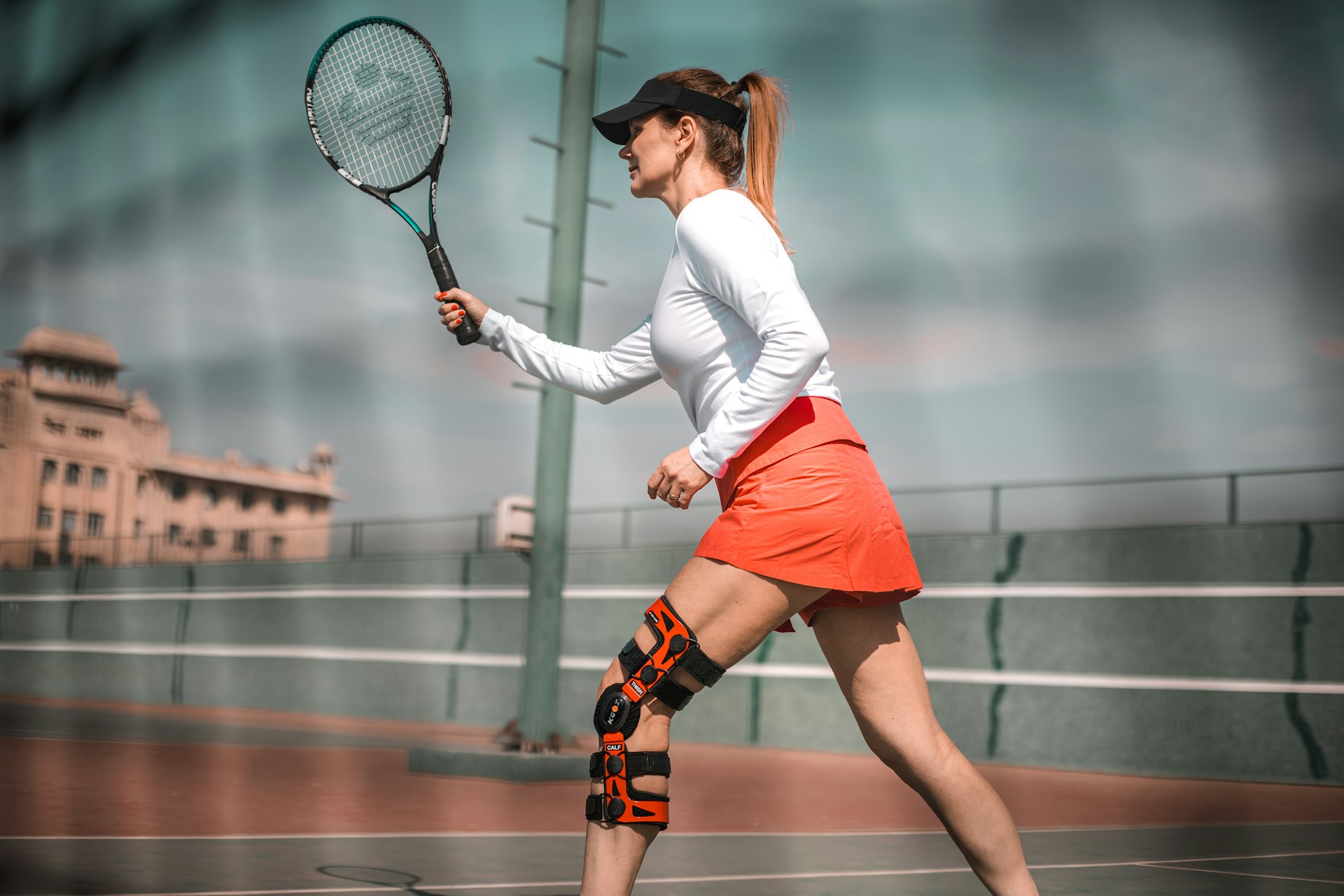
Sports are often demanding, and with intense activity comes the risk of injury. Fortunately, physiotherapy offers a proven path to effective sports injury recovery and long-term athletic health.
But what exactly does physiotherapy involve, and how does it support athletes at every stage of injury rehabilitation?
This guide explores the many ways physiotherapy benefits athletes, with practical tips and expert insights for anyone involved in family therapy, sports rehab, or simply wanting to maintain peak athletic performance.
Whether you’re recovering from a sprain, aiming to enhance mobility, or hoping to prevent future injuries, understanding how physiotherapy fits within an athlete’s support system could make all the difference.
Building the Foundation for Speedy Sports Injury Recovery
Assessment and Diagnosis
The first step in physiotherapy for athletes starts with a comprehensive evaluation. A licensed physiotherapist will assess the injury, examine how it affects movement, and run functional tests to pinpoint areas of concern.
Unlike a general health checkup, this assessment focuses on sport-specific demands. Accurate diagnosis guides the entire process, from exercise selection to return-to-play decisions.
Common diagnostic steps include:
- Reviewing the mechanism of injury.
- Evaluating the range of motion.
- Testing strength and flexibility.
- Discussing pain and prior injuries.
This initial groundwork ensures a tailored sports rehab plan aligned with the athlete’s goals.
Personalized Treatment Plans
No two sports injuries are the same, and neither are any two recovery journeys. Once assessment is complete, physiotherapists develop personalized treatment plans.
These plans usually include a combination of manual therapy, therapeutic exercise, and sometimes technology like ultrasound or electrical stimulation.
Customization considers factors such as:
- Type and severity of the injury.
- Sport-specific requirements.
- Age, gender, and previous injury history.
Personalization keeps athletes committed and motivates them throughout their recovery.
Supporting the Physical and Mental Sides of Healing
Managing Pain and Swelling
Pain and inflammation are the first hurdles after most sports injuries. Prompt management is crucial to promote recovery and minimize setbacks. Physiotherapists employ several evidence-based techniques to help athletes feel better quickly:
- Ice and heat therapy.
- Soft tissue massage and joint mobilization.
- Compression and elevation.
- Taping and bracing as needed.
These interventions restore comfort and function, often enabling earlier and safer participation in rehabilitation exercises.
Fostering Mind-Body Recovery
While the physical impacts of a sports injury are immediate, the emotional and psychological effects can linger. This is where the concepts of family therapy and holistic care become significant.
Many athletes experience anxiety, frustration, or fear of re-injury. A skilled physiotherapist recognizes these challenges and integrates mental health support into their care routines.
Strategies to support emotional well-being include:
- Setting realistic, achievable milestones.
- Providing consistent feedback and encouragement.
- Liaising with family, coaches, or mental health professionals when needed.
Comprehensive care creates an environment where athletes feel understood and motivated, speeding up both physical and emotional recovery.
Rebuilding Strength, Flexibility, and Function
Gradual Exercise Progressions
Exercise is at the heart of sports injury recovery. However, jumping back into intense training too soon increases the risk of setbacks. Effective injury rehabilitation focuses on gradual progression:
- Restoring baseline strength.
- Improving flexibility and joint stability.
- Retraining proper movement patterns.
Physiotherapists guide athletes through each phase, adjusting exercises based on pain level and progress. This staged approach ensures steady improvement without overloading healing tissues.
Sports-Specific Conditioning
A crucial difference between standard physiotherapy and sports rehab is the emphasis on sport-specific movement. Once foundational strength and flexibility are restored, physiotherapists tailor activities to mimic actual sports scenarios.
For example, a soccer player may practice cutting drills, while a swimmer focuses on shoulder stability in the water.
This targeted training helps:
- Prepare the body for the demands of the specific sport.
- Reduce the likelihood of re-injury.
- Boost confidence in returning to play.
Customized conditioning sets the stage for a smooth and successful transition back to competitive action.
Injury Prevention and Long-Term Athletic Health
Identifying and Addressing Risk Factors
One of the most valuable roles of physiotherapy is preventing recurrence. Well-trained physiotherapists look beyond the initial injury to identify underlying risk factors, such as muscle imbalances or inefficient movement techniques.
Common preventative strategies include:
- Analyzing running or jumping techniques.
- Teaching proper warm-up and cool-down routines.
- Strengthening weaker muscle groups.
Regular check-ins help athletes maintain progress and reduce vulnerability to future injuries.
Building Life-Long Movement Skills
Athletes who experience comprehensive physiotherapy often develop movement awareness and self-care habits that benefit them for years.
Physiotherapists teach skills that extend far beyond injury recovery, including posture correction, load management, and safe exercise practices.
For families supporting young athletes or individuals balancing multiple responsibilities, these foundational skills carry over to everyday well-being and activity.
Integrating Physiotherapy into the Athlete’s Support System
Collaboration with Family, Coaches, and Healthcare Providers
Great sports rehab doesn’t happen in isolation. When athletes, physiotherapists, coaches, and even families work together, recovery is smoother and outcomes are better.
Family therapy can play a supporting role, particularly for younger or adolescent athletes who benefit from a united support system.
Effective communication ensures:
- Everyone understands the athlete’s progress.
- Return-to-play decisions prioritize safety.
- Encouragement and accountability continue at home and on the field.
Integrated care maximizes both short-term recovery and long-term success.
Ongoing Education and Support
Another key component of physiotherapy for athletes is education. Physiotherapists teach injury awareness, safe stretching and strengthening, and how to listen to the body’s warning signs.
This proactive approach gives athletes the tools to manage minor aches or signs of overuse before they develop into larger problems.
Support may come in the form of:
- One-on-one demonstrations and feedback.
- Educational workshops for teams or schools.
- Customized home exercise programs.
This commitment to ongoing education empowers athletes and their support teams to stay healthy and active.
Taking the First Step Toward Better Sports Injury Recovery
Whether you’re a weekend warrior, the parent of a young athlete, or a coach overseeing a team, incorporating physiotherapy for athletes into your routine can significantly improve injury rehabilitation and overall athletic performance.
Effective sports rehab isn’t just about returning to play; it’s about coming back stronger, more resilient, and better equipped to avoid future injuries.
Next time you or someone you care about faces a sports setback, consider consulting a licensed physiotherapist early. Personalized, evidence-based care can make all the difference in achieving a smooth recovery and reaching new athletic heights.
For more information or to find support in your area, consider reaching out to local physiotherapy clinics or seeking recommendations from sports organizations.
Subscribe To Get Update Latest Blog Post
No Credit Card Required









